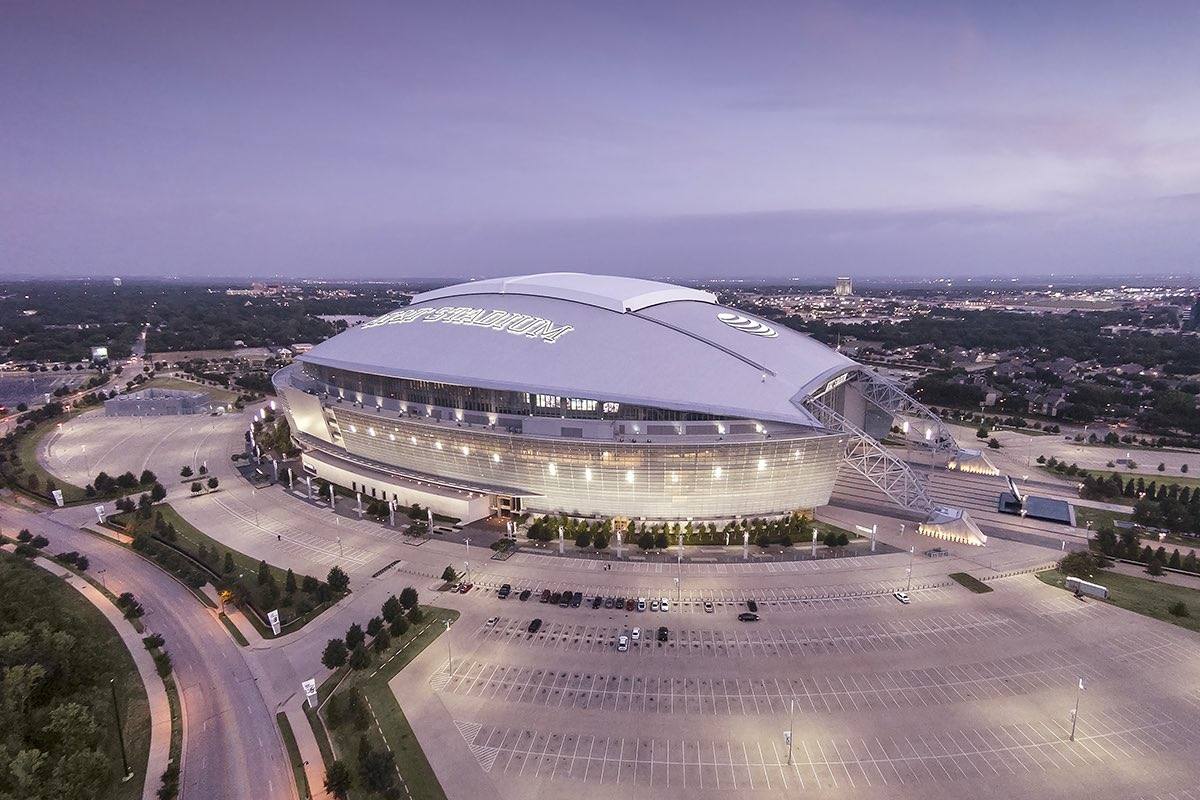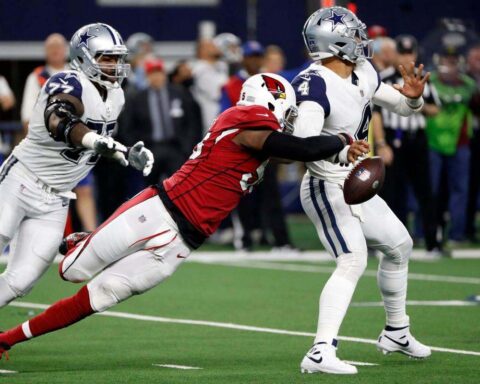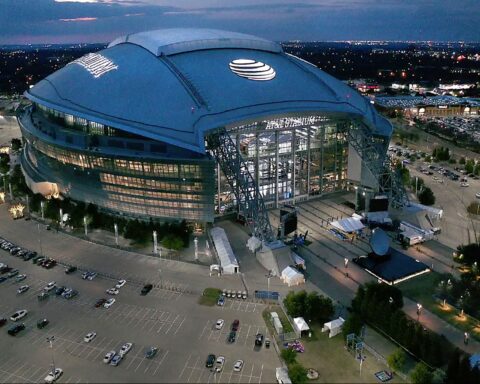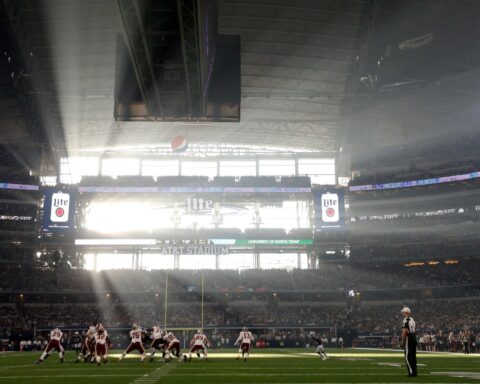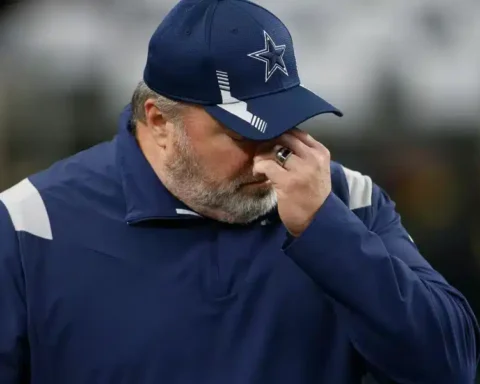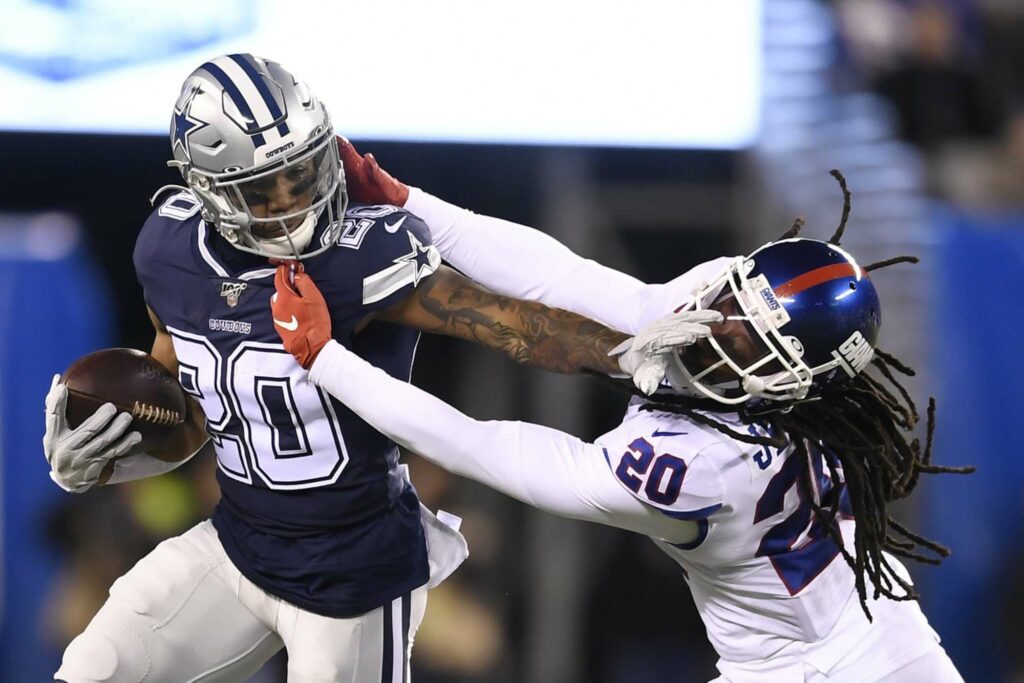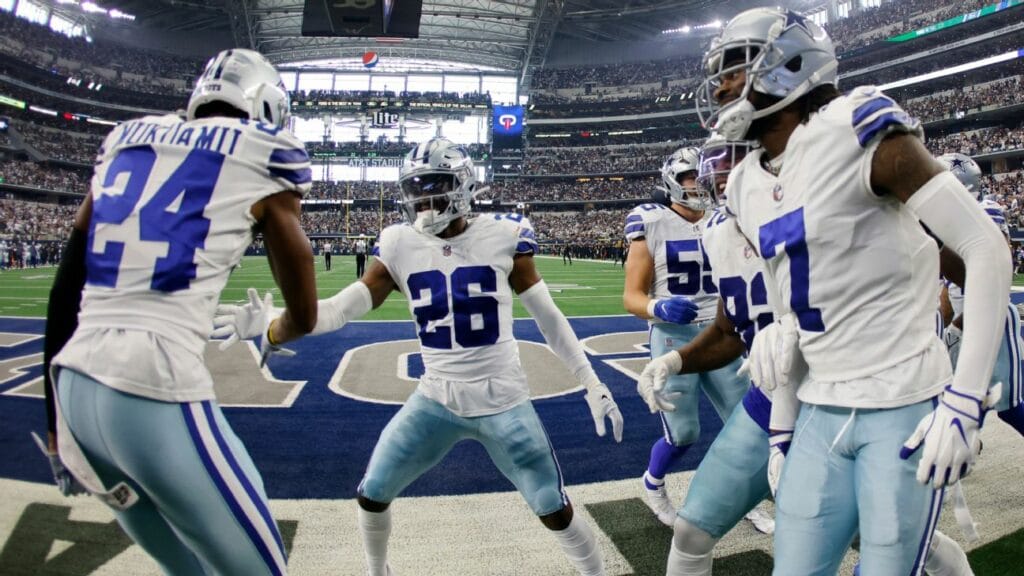The Dallas Cowboys, sometimes known as “America’s Team,” have won the Super Bowl five times: in 1971, 1977, 1992, 1993, 1995, and have also won eight NFC Championships, which is the most in the conference’s history.
Unfortunately, it’s been a while since The Cowboys and their fans have experienced such glory.
1995 was the last time they made the NFC Championship game. They still aren’t favored to get there anytime soon according to some betting companies but, nonetheless, there are many NFL promo codes at various bookmakers that you can use if you want to take a punt on the Dallas Cowboys, or any other NFL side.
Throughout their existence, the Dallas Cowboys have had a great deal of success but not all of this glory was achieved within the same walls.
The ‘Boys have homed three stadiums in total, thus far.
Their current stadium is their biggest, which attracts huge audiences and is up there with the biggest NFL stadiums.
Cotton Bowl (1960 – 1971)
The Cotton Bowl, which seats 72,000, was the home of the Cowboys from 1960 until 1970.
After its construction in 1932, the stadium became famous for being the site of the annual Cotton Bowl football game.
Texas Stadium (1971 – 2008)
By the mid-1960s, Cowboys Owner Clint Murchison had shown interest in constructing a new stadium. Irving residents passed a proposition to build a new Cowboys stadium by a margin of two to one.
On January 26, 1969, the construction of Texas Stadium got underway.
On October 24, 1971, Texas Stadium hosted its inaugural Dallas Cowboys game.
After opening, Texas Stadium’s half dome made it one of the league’s most distinctive venues. While spectators and fans could watch the game in dry conditions, the field was exposed to the elements.
There are more than 65,000 blue seats in two decks wrapped around the field.
Texas Stadium housed two DiamondVision scoreboards/video boards. There were 381 luxury suites and a stadium club where fans could have parties and banquets.
There was also “The Corral,” which served food and drinks and included live entertainment and big-screen televisions.
All these were available to spectators and fans before, during, and after Cowboys games.
The ceiling was festooned with flags honoring the Cowboys’ five Super Bowl victories.
Texas Stadium was widely regarded as one of the finest NFL venues for many seasons. However, several clubs in the league erected new stadiums in the late 1990s and early 2000s that offered more club and premium seating than Texas Stadium.
As a result, the Cowboys decided they needed a new stadium to replace their current one.
Cowboys At&t Stadium (2009 – Current)
The Cowboys/AT&T Stadium in Arlington, Texas, is a dome-shaped stadium with a retractable roof.
The Dallas Cowboys of the National Football League currently play their home games there. It replaced the partially covered Texas Stadium, which had hosted Cowboys games since 1971.
It was finally finished on May 27th, 2009. With its 80,000 seats, this stadium is the fourth largest in the NFL.
The stadium can hold up to 110,000 people, including spectators who choose to stand.
Behind the seating in both end zones and on a set of six mezzanines connected by stairs are the Party Pass (open spaces) sections. It boasts the world’s largest domed roof, the largest column-free interior, and the world’s largest high-definition television screen.
More than three thousand Sony LCD screens may be found in the stadium’s premium suites, concourses, concession stands, and other places.
This gives spectators more entertainment viewing and lots of it.
In addition to its primary function (professional football), the venue can host a wide range of other events. This includes concerts, basketball games, boxing bouts, college and high school football games, soccer matches, and motocross racing.
HKS, an architecture firm located in Dallas, was responsible for designing Cowboys Stadium. The stadium’s current building cost of $1.15 billion makes it one of the most costly sports stadiums ever built, surpassing the original estimate of $650 million.
Arlington residents voted to raise taxes by half a percent on goods and services, two percent on hotel rooms, and five percent on vehicle rentals.
They did this to help Cowboys Owner and General Manager Jerry Jones pay for the new stadium.
The City of Arlington provided bonds worth over $325 million (including interest), and Jones was responsible for any overruns.
In accordance with the rule of funding for the development of new stadiums, the NFL also offered the Cowboys an extra $150 million loan. Two arches about 300 feet tall and rooted to the ground at either end support the stadium’s dome.
